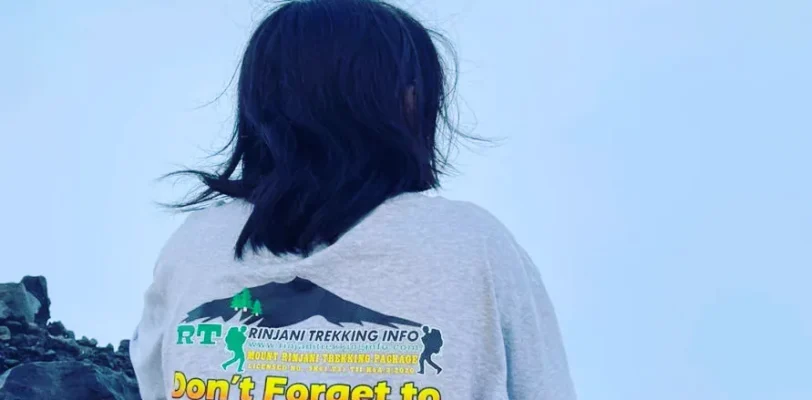Pergasingan Hill Sembalun 2 Days 1Night
Hiking and trekking two days-one night, incredible experience over Pergasingan Hill Sembalun, bamboo garden, traditional house of Sembalun, Gunung Selong and end in Sembalun village east Lombok. Itinerary Hiking Pergasingan Hill Sembalun: Arrival day : Pick You up at your … Read More


